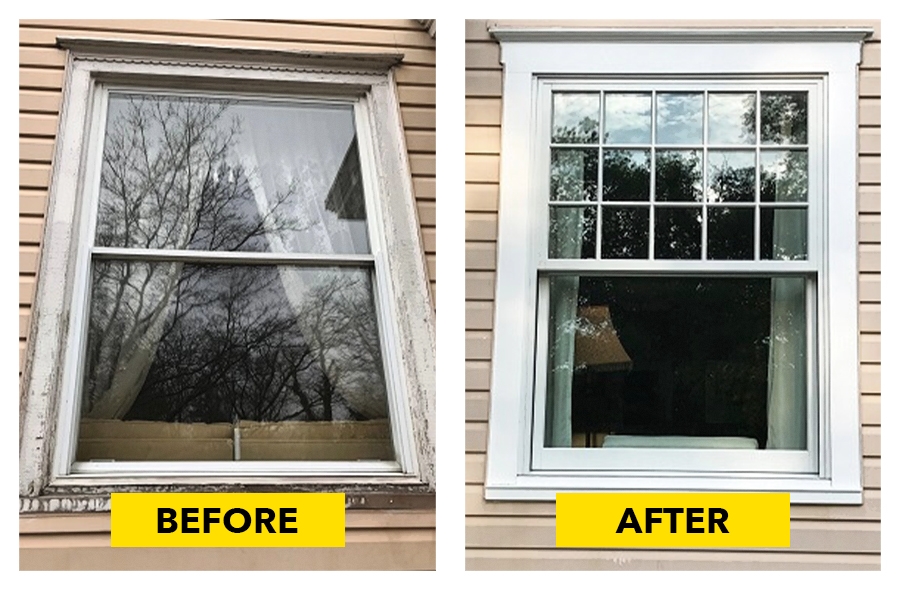Index Surge: Amplifying Your Insights
Stay updated with the latest trends and news across various industries.
Why Your Windows Might Be a Bigger Problem Than You Think
Uncover hidden dangers of your windows that could be costing you more than you realize. Don’t overlook this crucial home issue!
Understanding the Hidden Dangers of Old Windows
Old windows may seem charming and nostalgic, but they often hide several dangers that can affect the safety and well-being of your home. One of the most significant risks associated with aging windows is the potential for lead paint exposure. Many homes built before 1978 utilized lead paint, which can deteriorate over time and release toxic dust. Furthermore, older windows may not provide adequate insulation, leading to increased energy costs and exposure to the elements. Homeowners should inspect their windows for signs of wear and consider replacement options to mitigate these risks.
Another hidden danger of old windows is the risk of security vulnerabilities. Outdated window locks and mechanisms may not offer adequate protection against potential intruders. Modern windows come equipped with advanced locking systems and impact-resistant glass, ensuring that your home remains secure. Additionally, old windows can be a source of moisture problems, as they often lack proper sealing and weatherstripping. This can lead to issues such as mold growth and wood rot, which can compromise the structural integrity of your home. For these reasons, understanding the hidden dangers of old windows is vital for maintaining a safe and secure living environment.

Are Your Windows Causing Higher Energy Bills? Discover the Truth
One of the most common culprits behind soaring energy bills is inefficient windows. If your windows are old or poorly sealed, they may allow air leaks that can significantly impact your home's energy efficiency. Drafty windows can lead to a constant battle with your heating and cooling systems, which ultimately drives up costs. In fact, studies suggest that nearly 30% of a home's energy loss can be attributed to inefficient windows. It's essential to inspect your windows regularly for gaps, cracks, or signs of wear to ensure they are not contributing to higher energy expenses.
To determine whether your windows are causing higher energy bills, consider conducting a simple energy audit. This can include:
- Checking for visible gaps around the window frames.
- Performing a hand test by holding your hand near the window to feel for drafts.
- Looking for condensation or frost on the interior glass.
If your audit uncovers issues, it may be time to invest in replacement windows or weatherproofing solutions. Not only can this lower your energy bills, but it can also enhance your home's comfort and aesthetic appeal.
Common Window Problems That Could Be Impacting Your Home’s Safety and Comfort
Maintaining your home's windows is crucial for both safety and comfort. Common window problems that homeowners often overlook can lead to serious issues. For example, drafty windows can allow cold air to seep in during the winter months, making your home less energy-efficient and increasing heating costs. Furthermore, condensation between panes is not just unsightly; it can indicate a broken seal, which compromises insulation and could lead to mold growth.
Another prevalent issue is cracked or broken window panes. Not only do they pose a security risk, but they can also make your home uncomfortable by allowing outside noise in and affecting your home's temperature regulation. Additionally, sticking windows may be a sign of underlying structural problems or poor installation, which can affect the window's functionality in case of an emergency. Addressing these common window problems promptly can help ensure a safer and more comfortable living environment.